Picture source = https://vajiramias.com/current-affairs/global-energy-transition-index/5c99d4491d5def13690f1126/
India’s energy transition phase started in the early 1980s when it set up a dedicated governing body for non-conventional energy matters, called the Ministry of New and Renewable Energy (MNRE), the first country to do so in the world. In 1986, India set up its first wind power plants in Maharashtra, Gujarat and Tamil Nadu and has reached total wind power installed capacity of about 13 GW by 2010. In 2009, India had set up its first solar power plant in Punjab with a capacity of 02 MW. Since then, India has been working toward increasing its dependency on non-conventional renewable and non-emission energy sources.
Contribution of India to clean energy
India has installed electricity capacity of 172.72 GW from non-fossil fuels sources as on 31.10.2022. In fact, India’s new draft National Electricity Plan 2022 sees about 18GW reduction in coal capacity by 2030 when compared to the Optimal Generation Capacity Mix report released in 2020.
India is one of the largest energy consumers and the third-largest renewable energy producer in the world. To strengthen its energy transition, the Government has implemented several policies and schemes to encourage manufacturing and research in renewable energy sector. In the recent Budget 2022–23, India allocated Rs. 19,500 crore (US$ 2.61 billion) for domestic solar cells and module manufacturing. Similarly, Rs. 1,050 crore (US$ 141 million) was allocated to the wind power sector. India aims to become a major manufacturer in various sectors including solar equipment, batteries and semiconductors.
Financial Support for Energy Transition
Government has started a range of initiatives to support India’s Energy Transition including a Rs 21,650 Crore scheme to encourage the setting up the Grid scale Battery Energy Storage System (BESS) and Rs 3,765 Crore in viability grant for such projects and reduced import duties on parts to build BESS. Furthermore, Government may offer a 5% interest subvention for new energy efficient technologies and a credit guarantee of 75% of the loan amount or Rs. 15 Crore per project to small and medium enterprises deploying energy efficient technologies. Help in creating job opportunities in these states and with revenue generation for their economy.
Transitioning to clean energy from fossil fuels is need for combating global warming. By helping to control global warming, India can help to mitigate the danger associated with the climate change. Energy storage is expected to play key role in helping India meet its commitment to net zero carbon emission by 2070 increasing non fossil energy capacity to 500 GW by 2030 and reducing the carbon intensity of its economy by 45% from 2005 level.
– Dharam Pal Rathore
Deputy General Manager (Environment)
Teesta-VI HE Project
Reference:
1. India Brand Equity Foundation; INDIA’S ENERGY TRANSITION AND INNOVATION COLLABORATION
2. Mint New Delhi, 21-12-2022 Budget to press for Energy Transition






















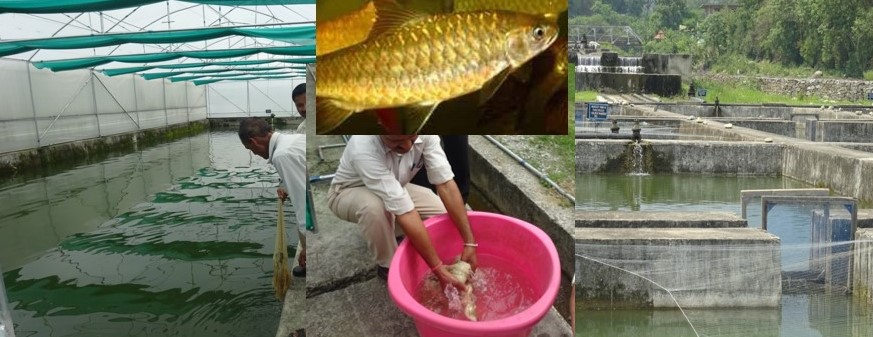






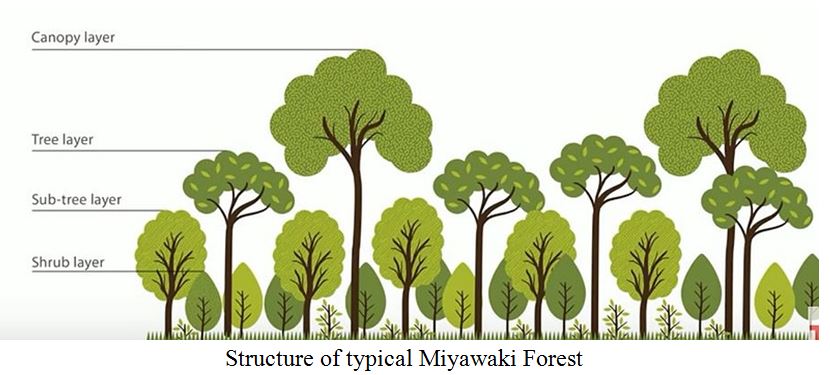
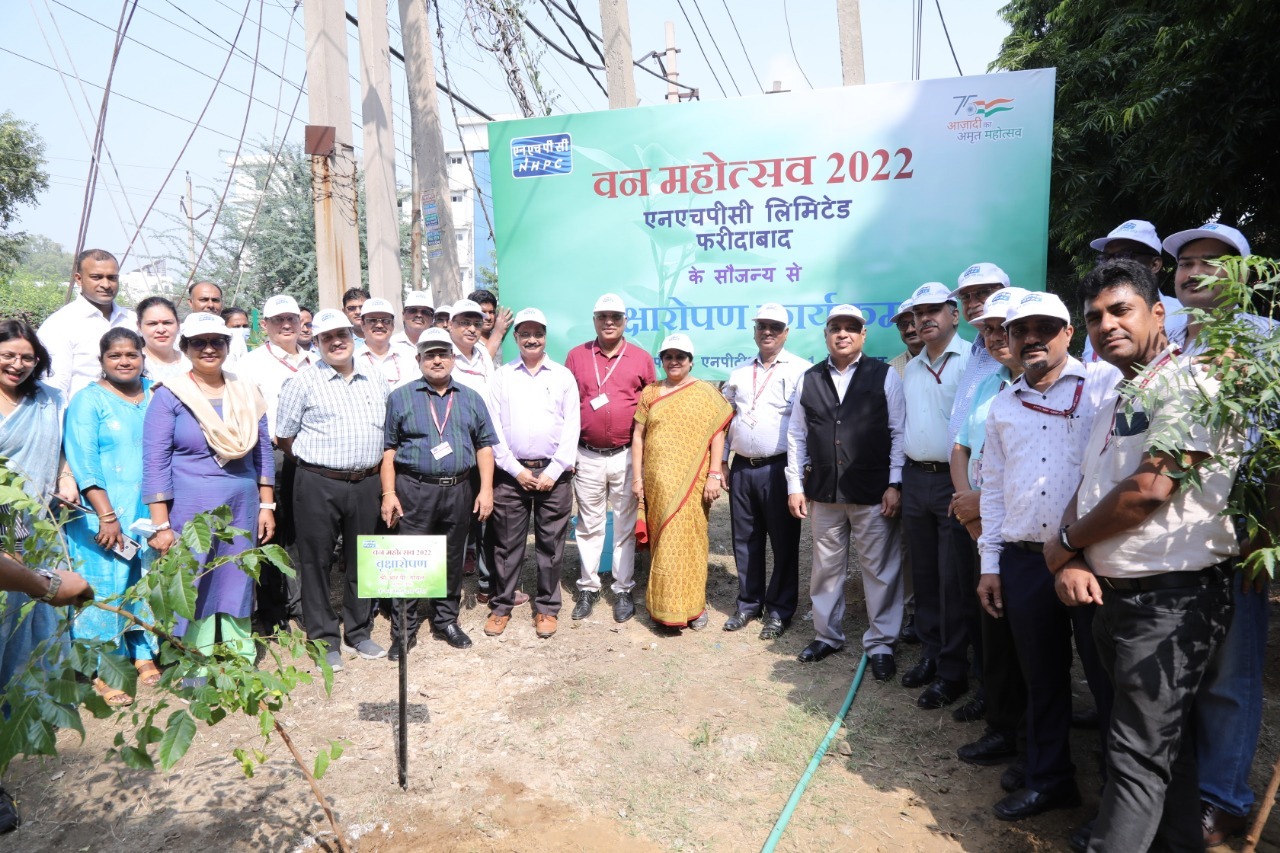


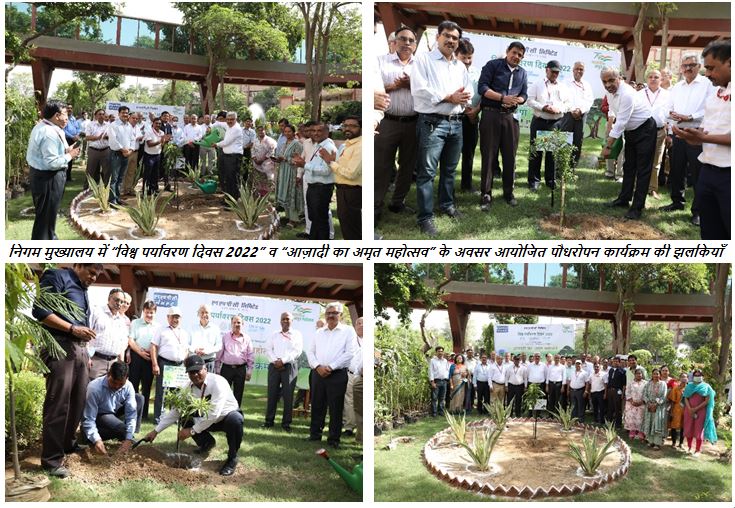












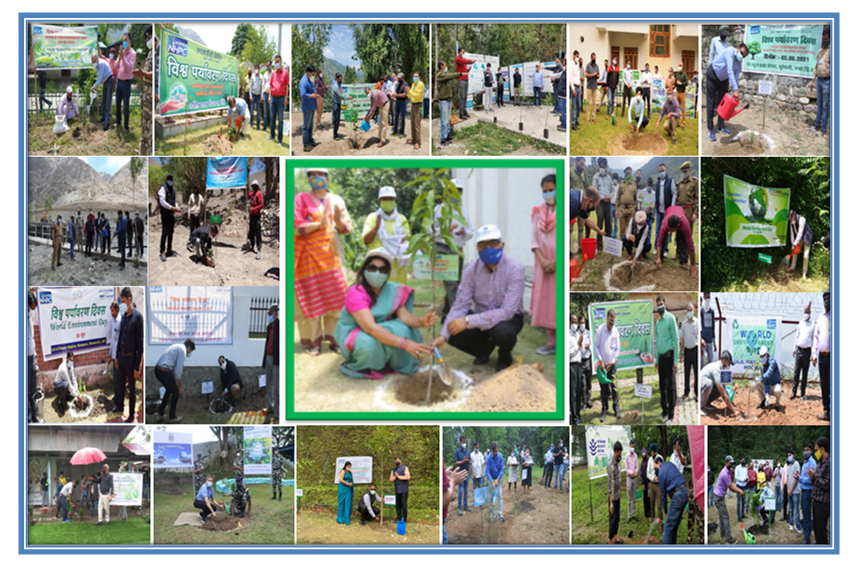















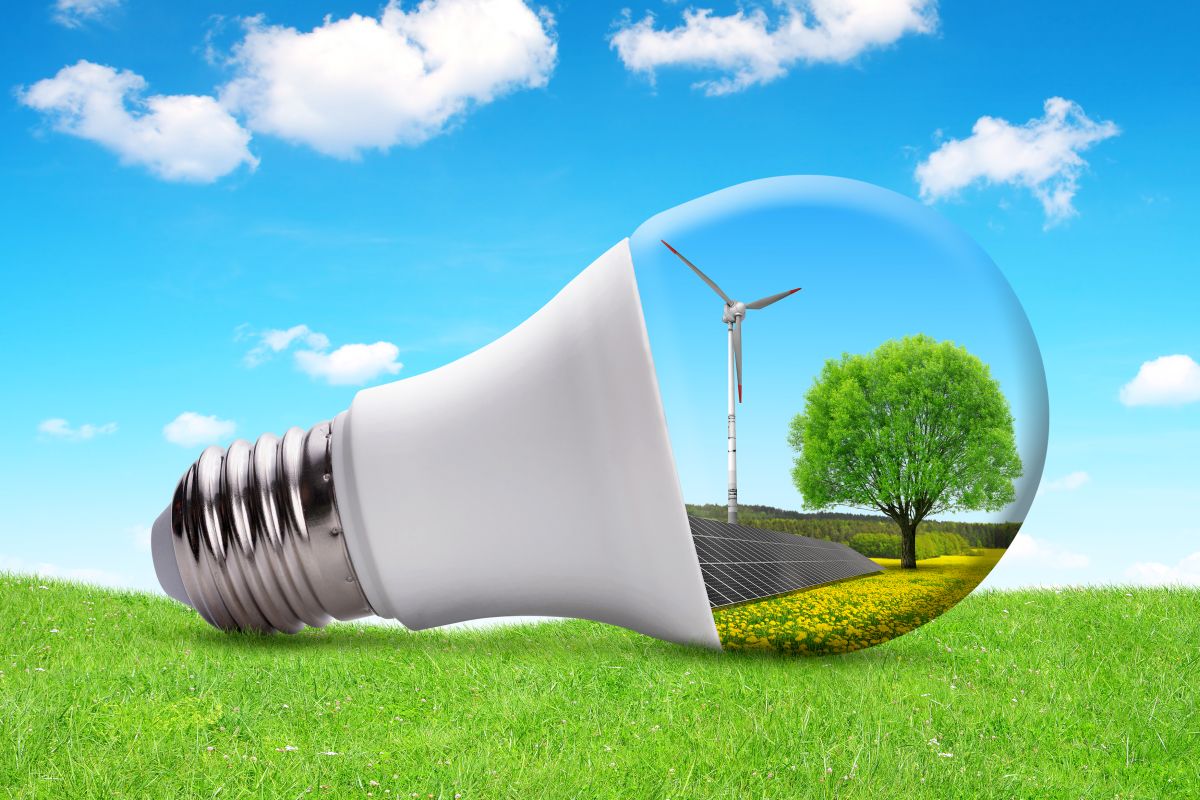

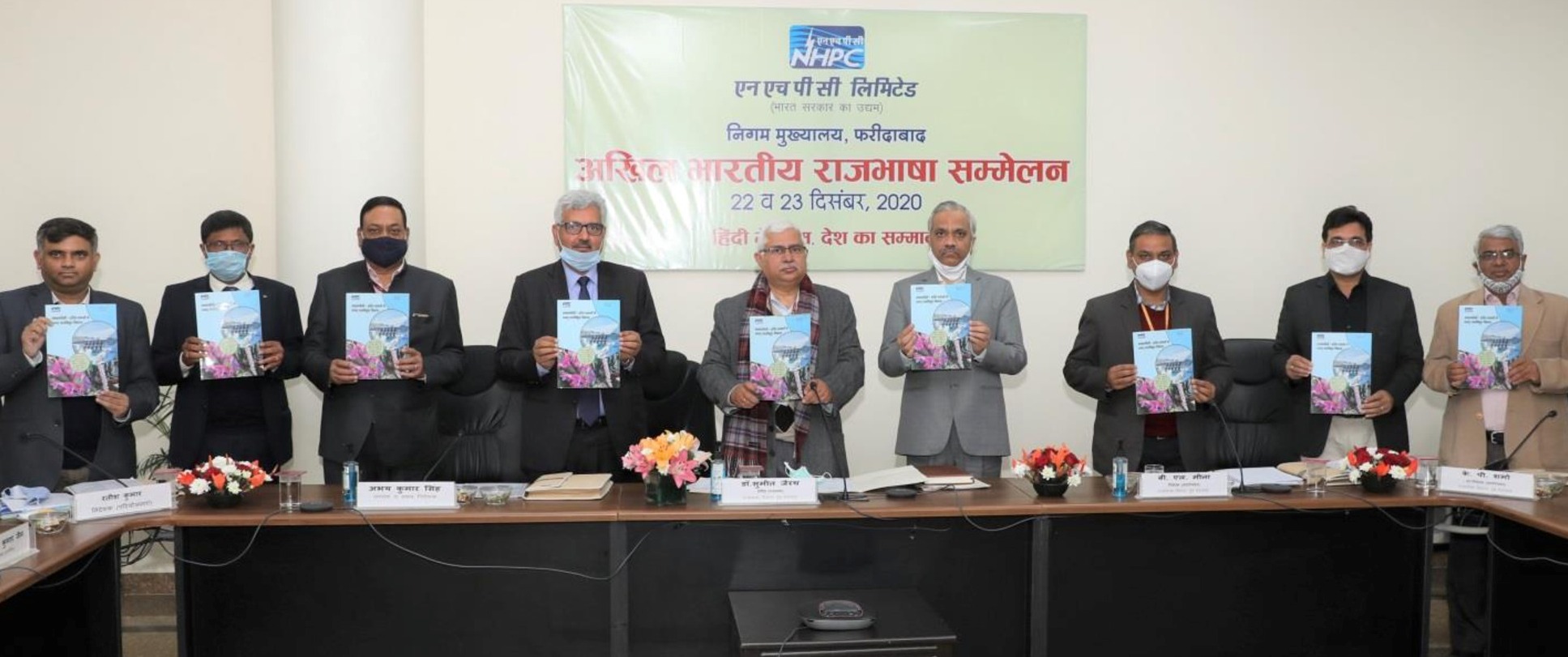










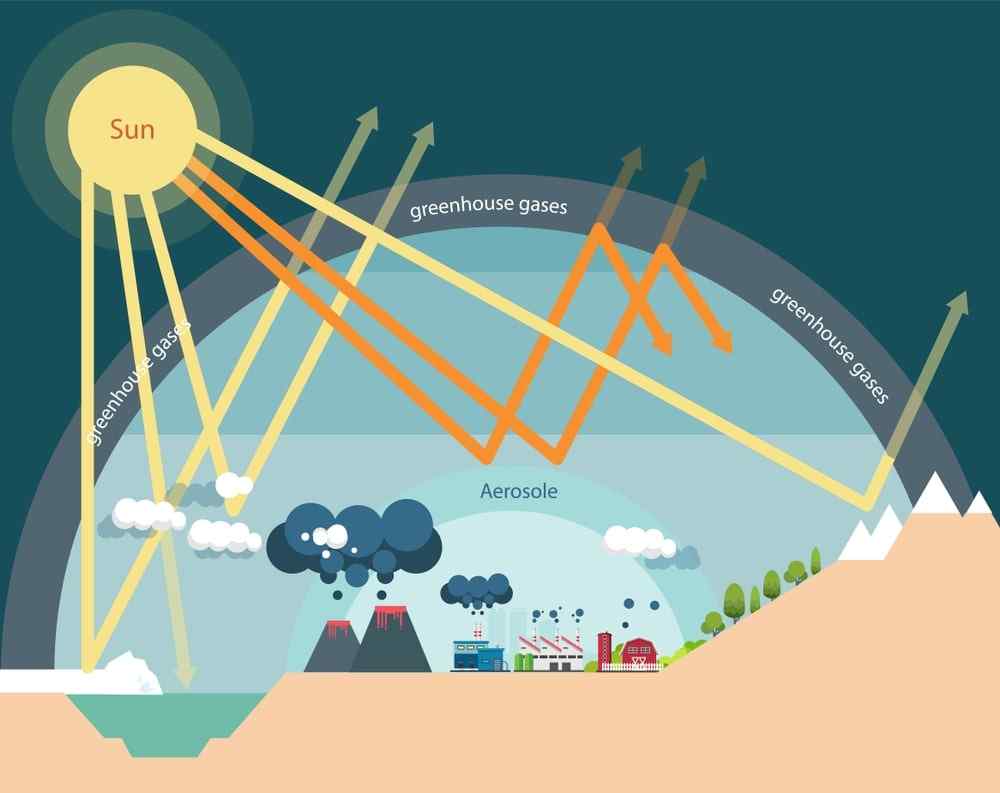








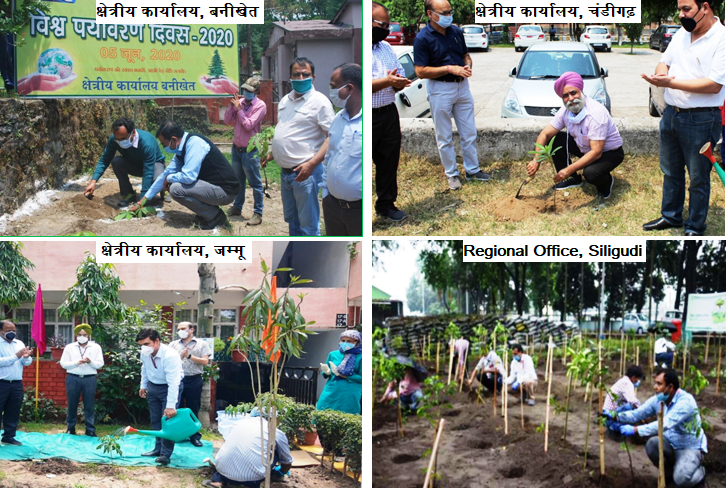
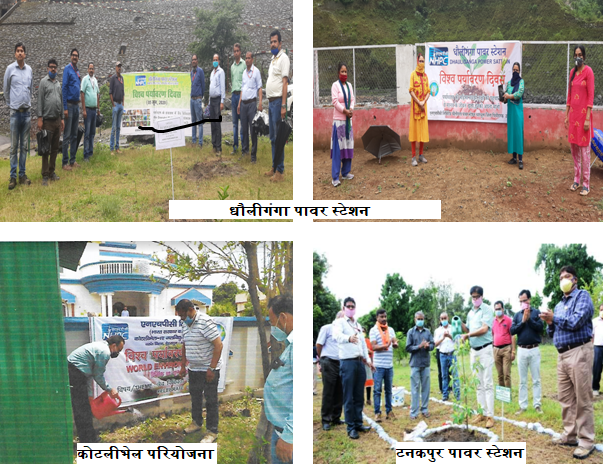
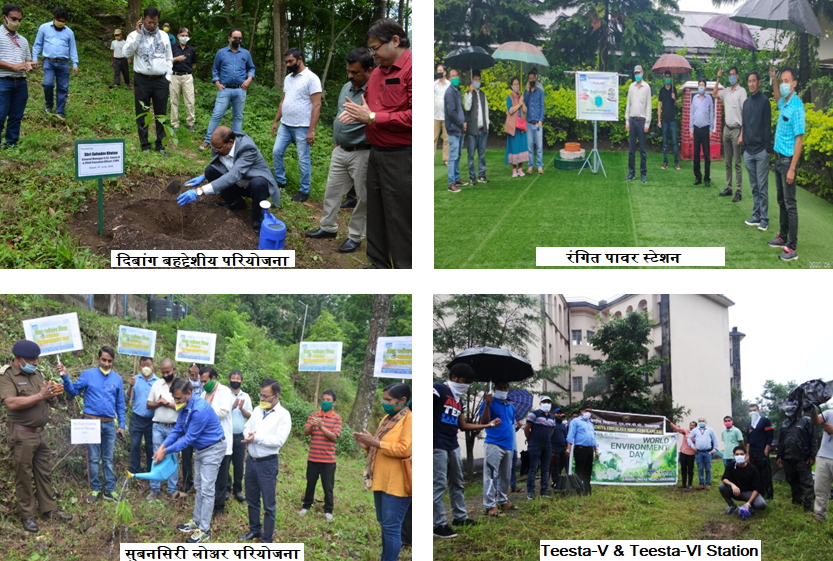
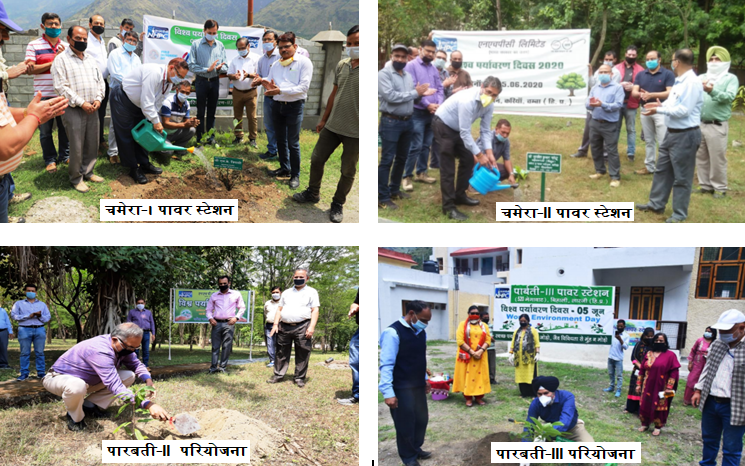
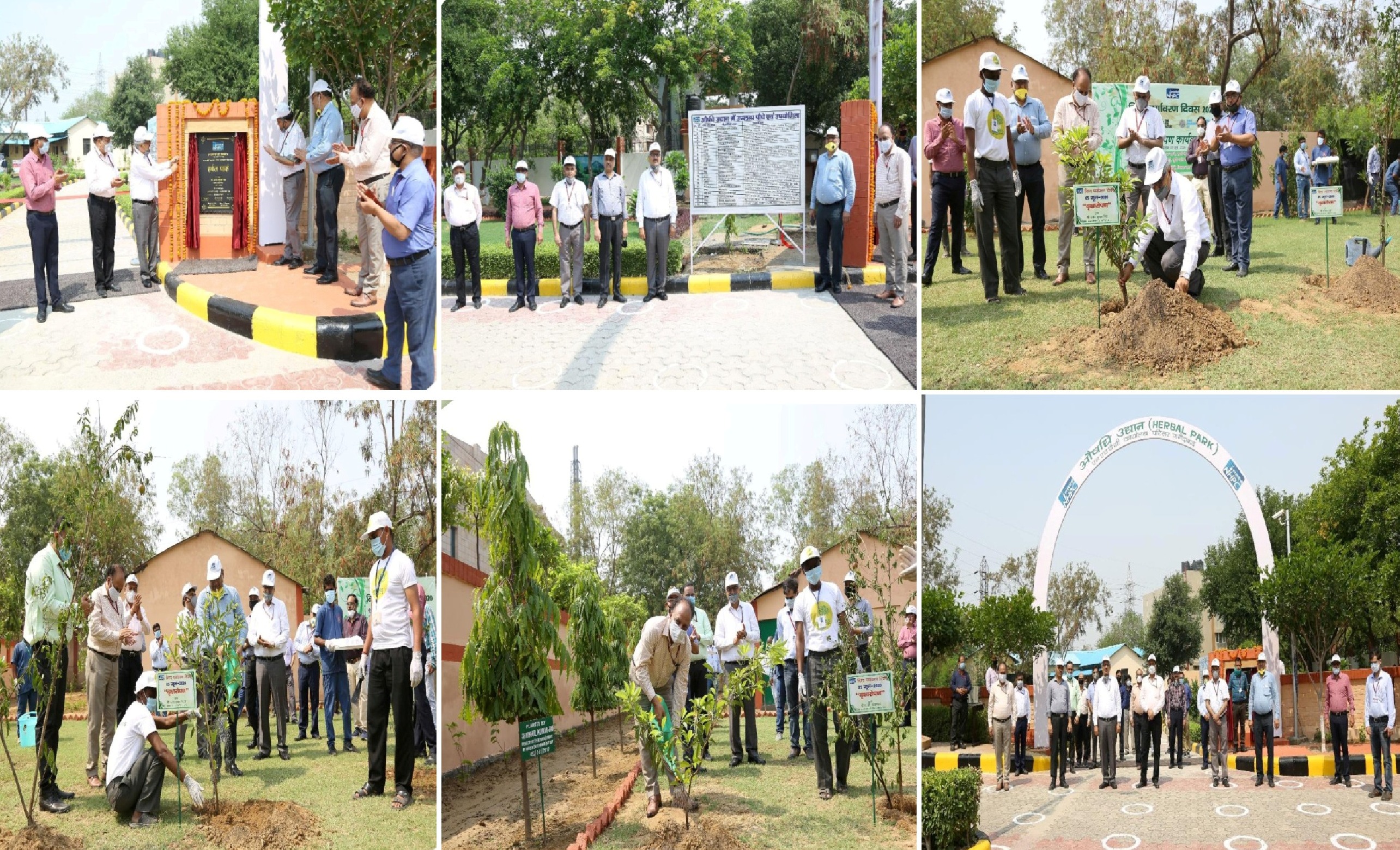
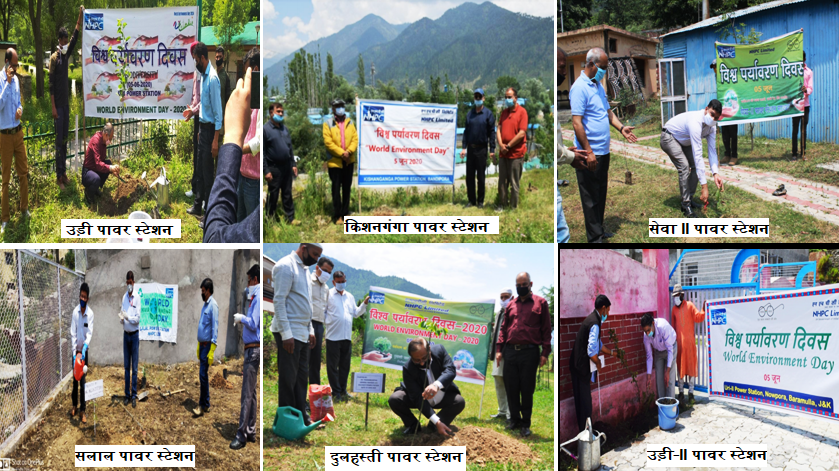
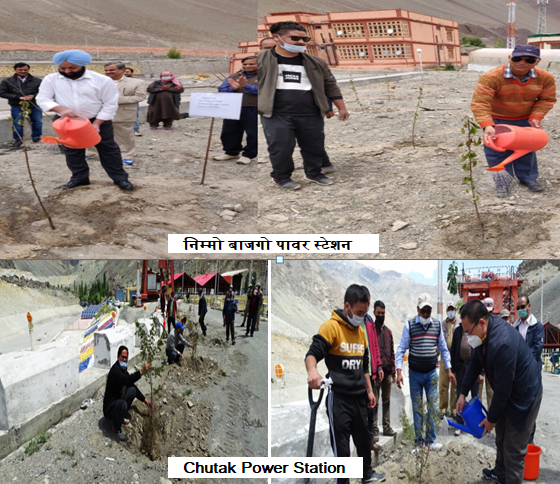
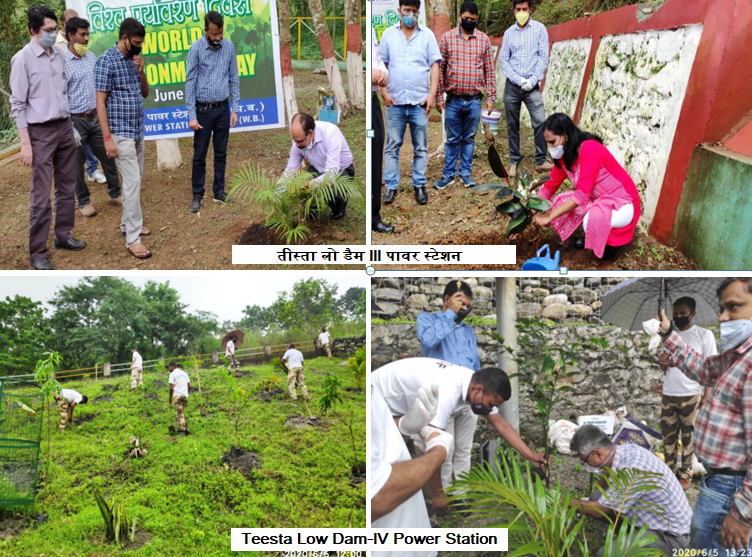








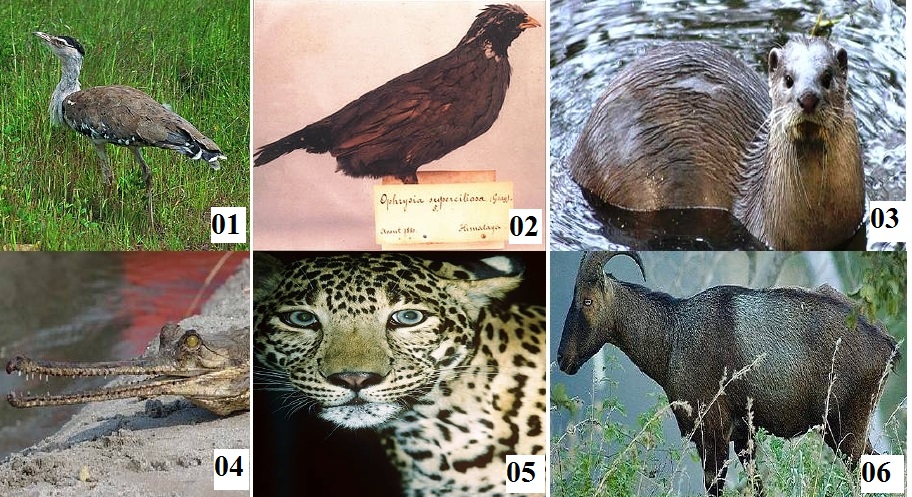
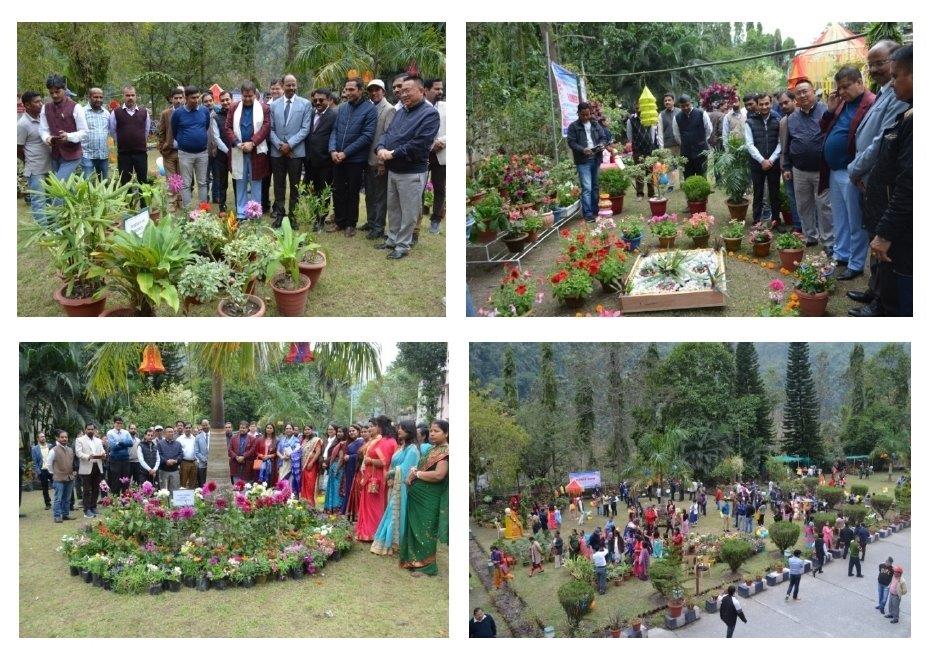

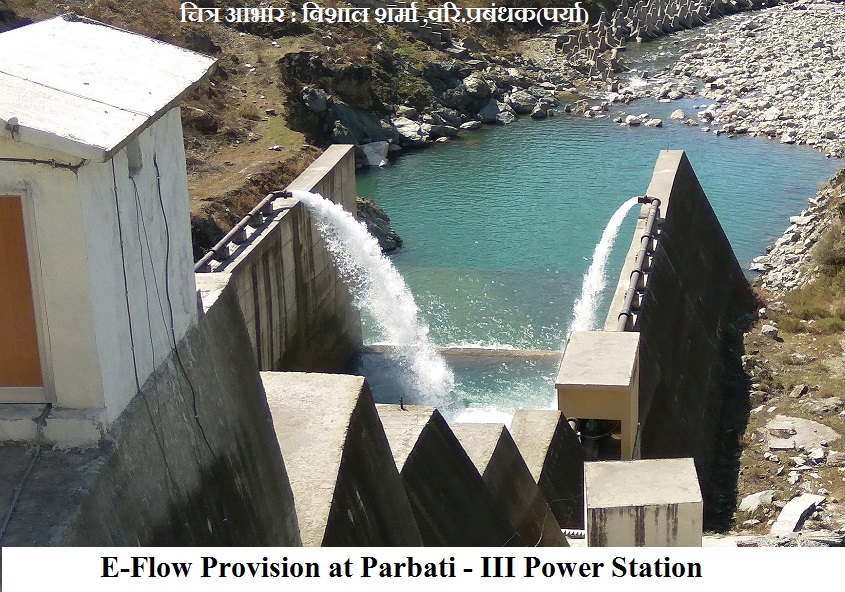

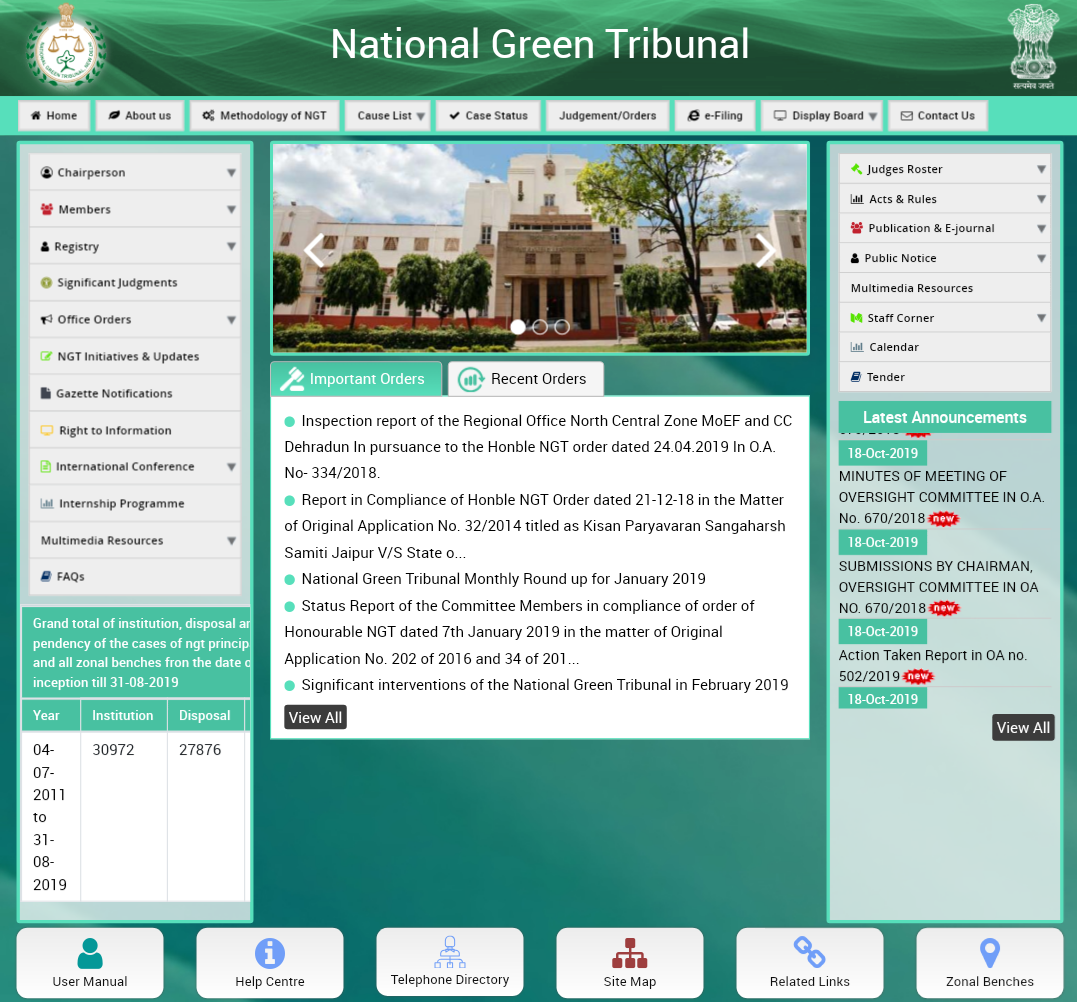
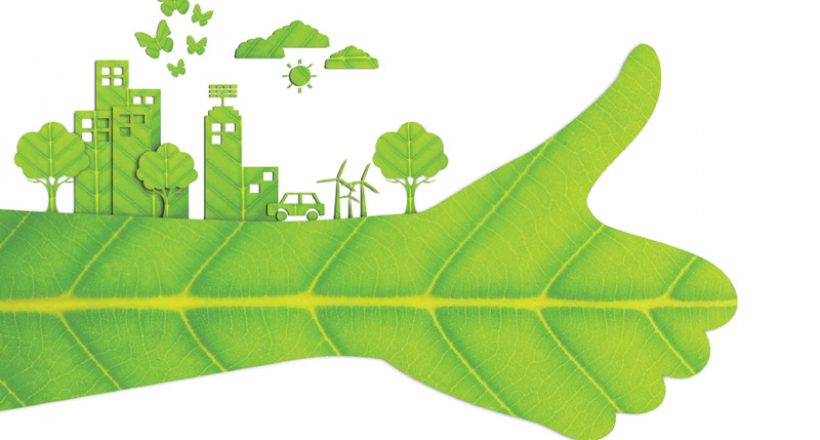
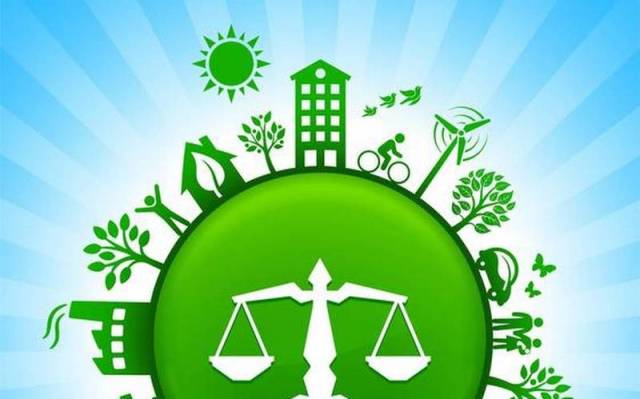







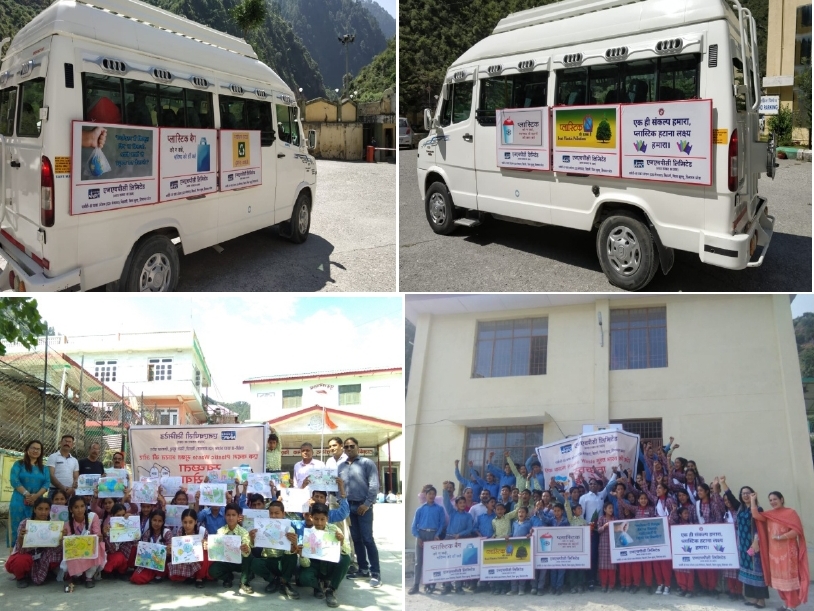
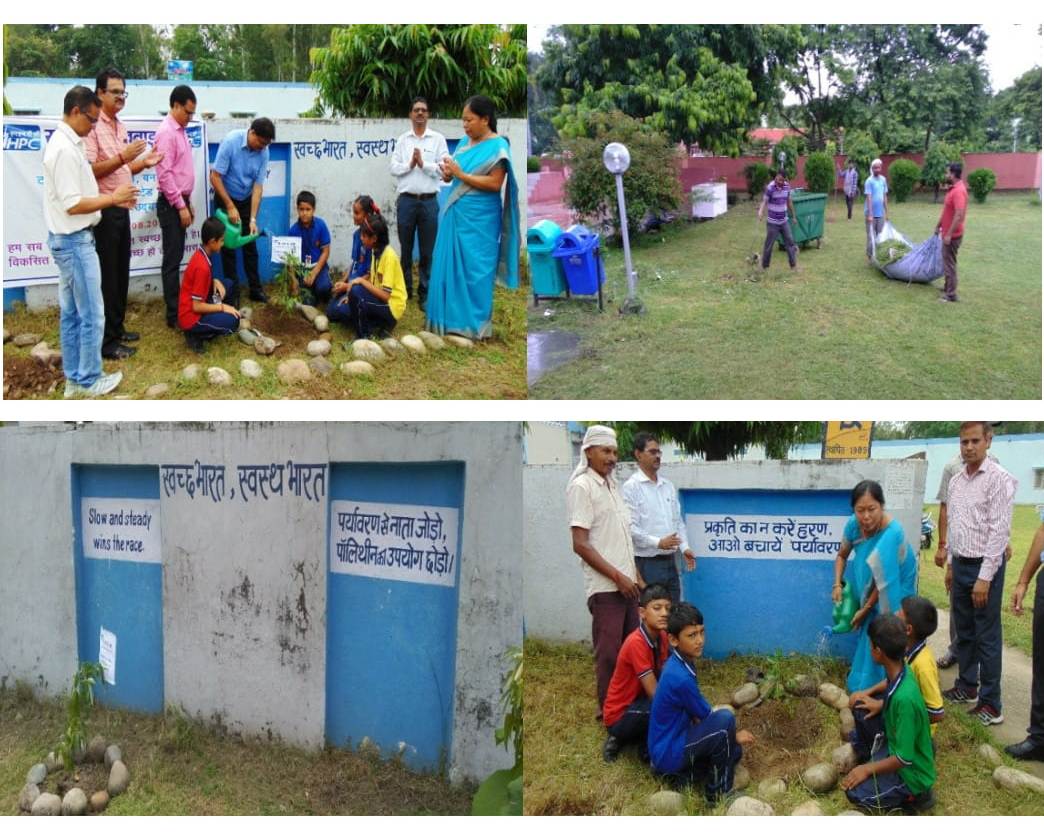





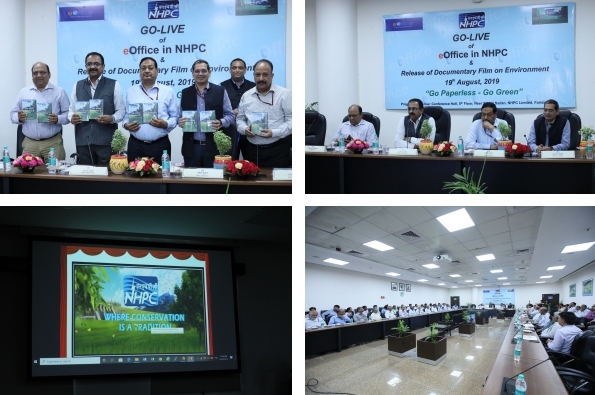
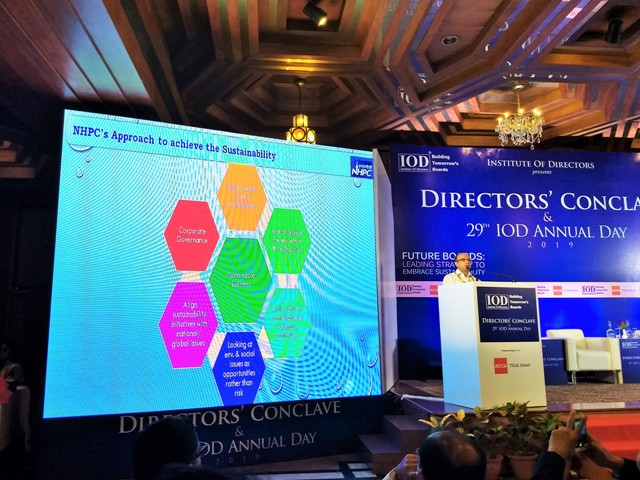




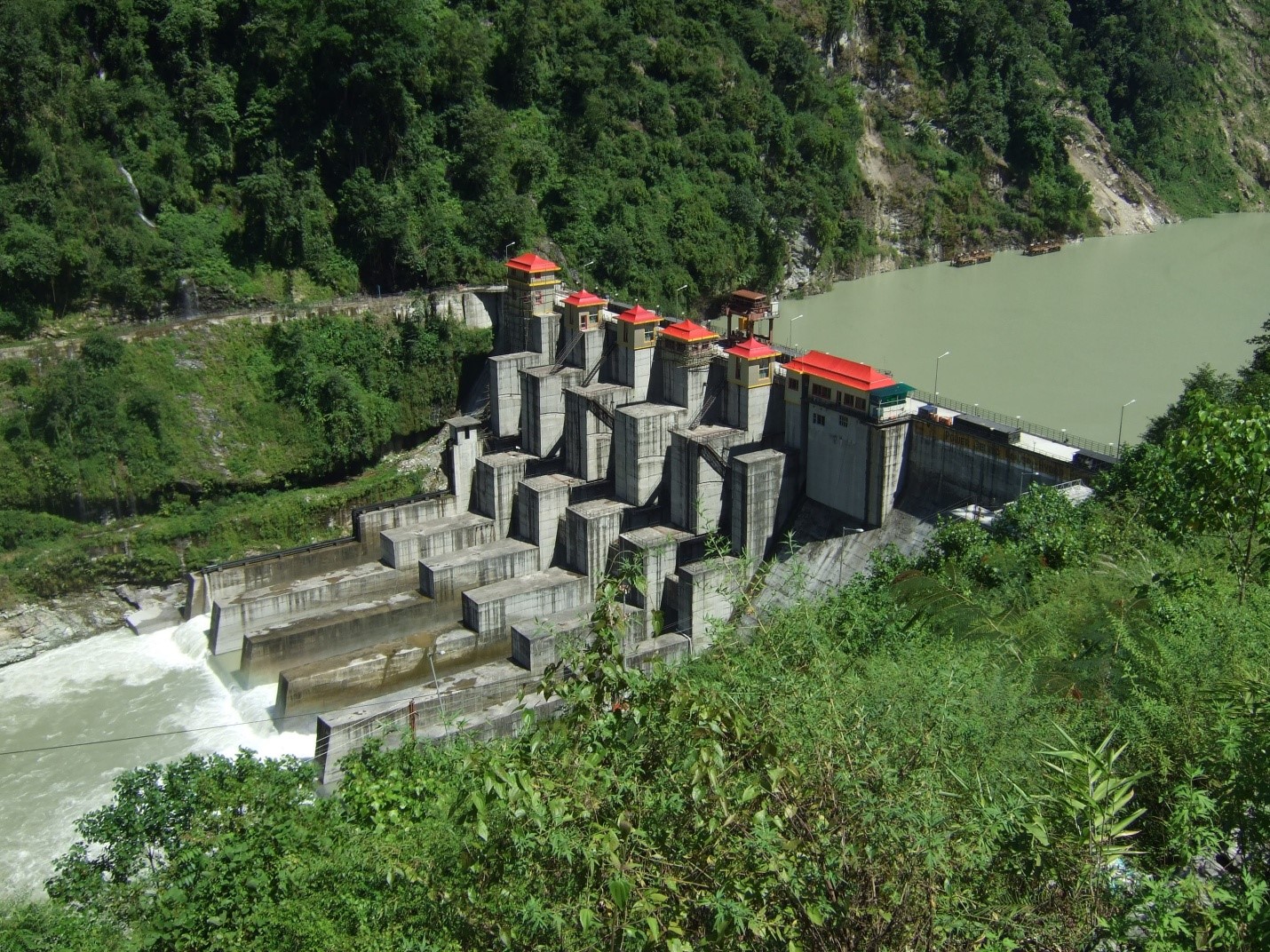
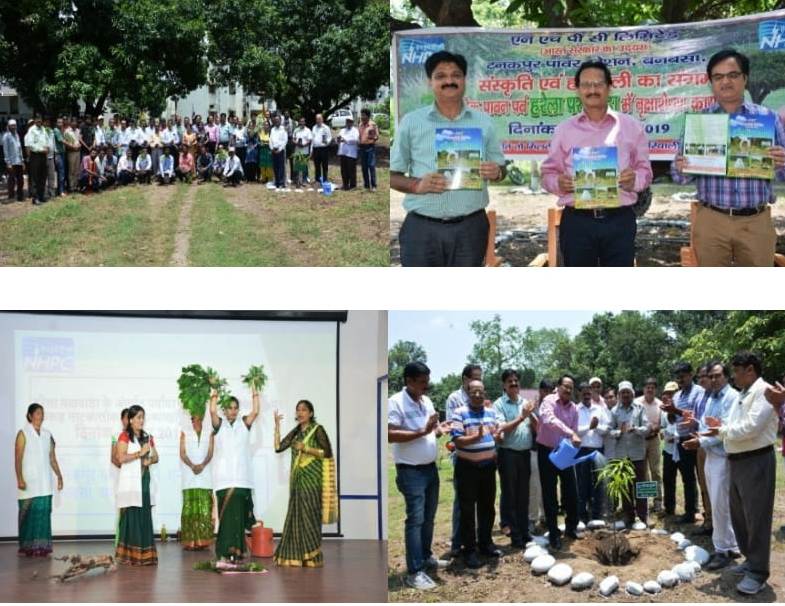
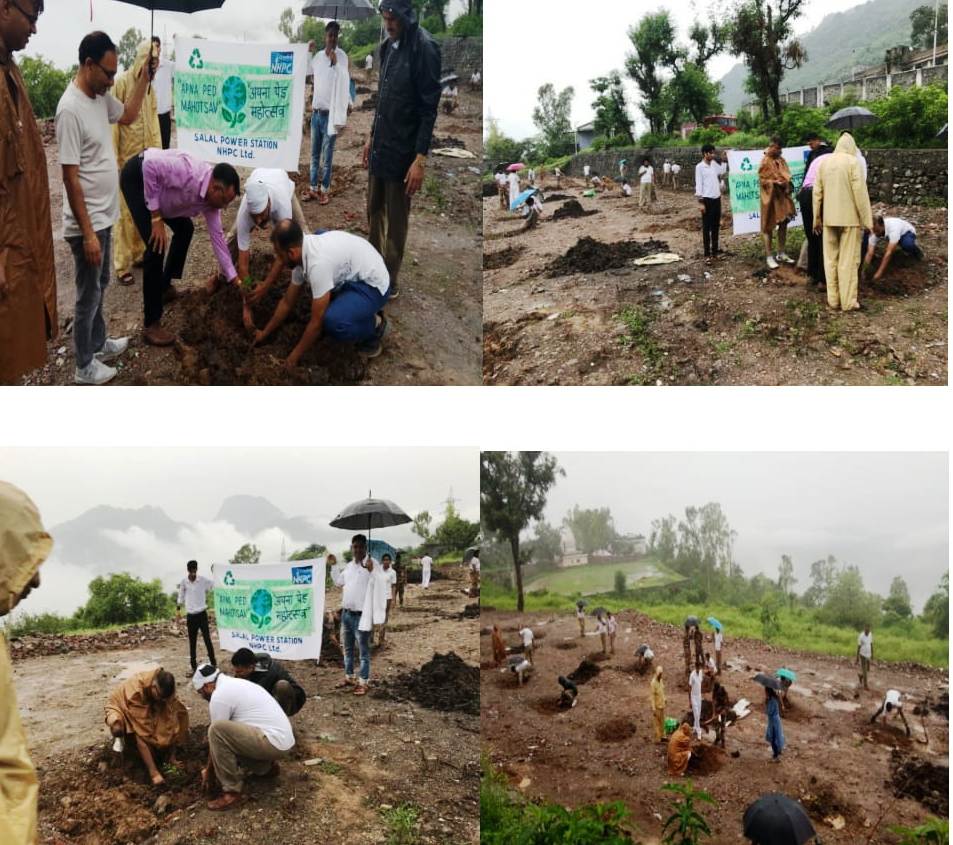



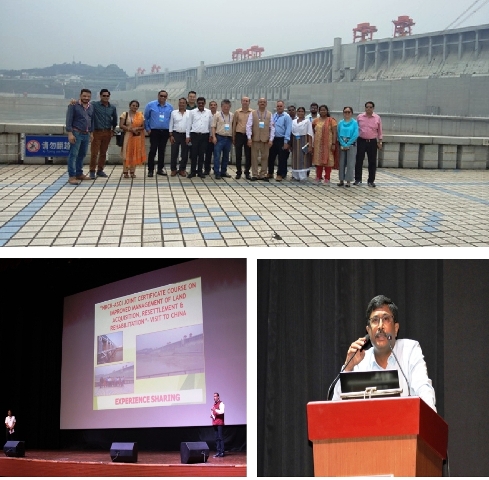



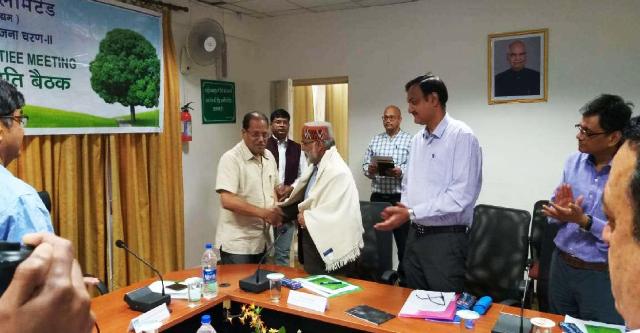


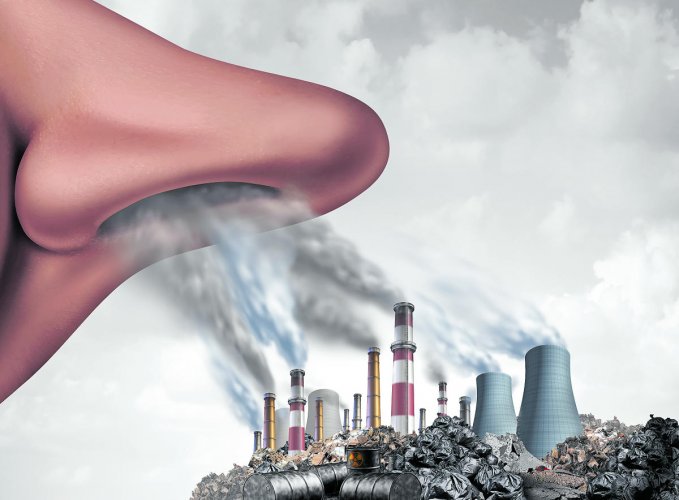

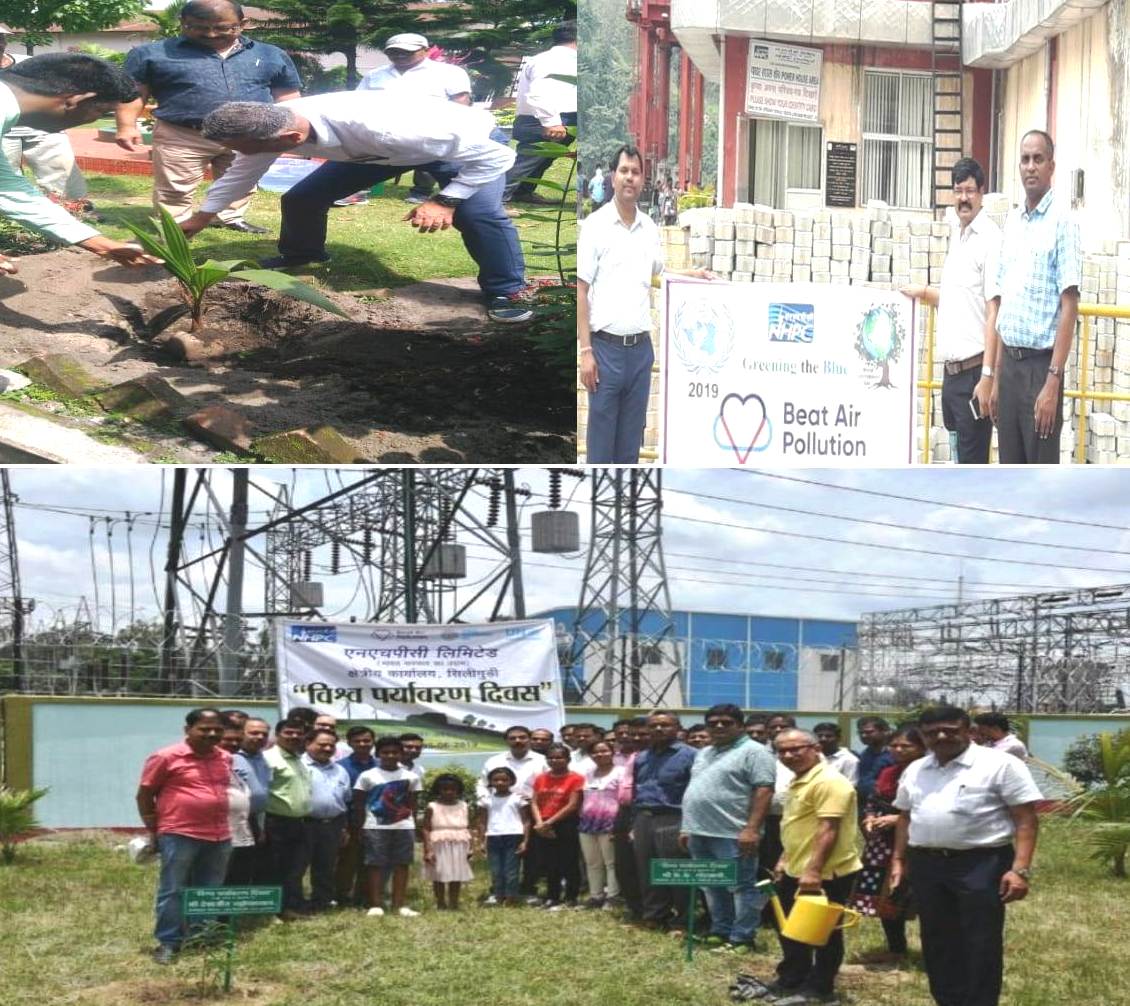

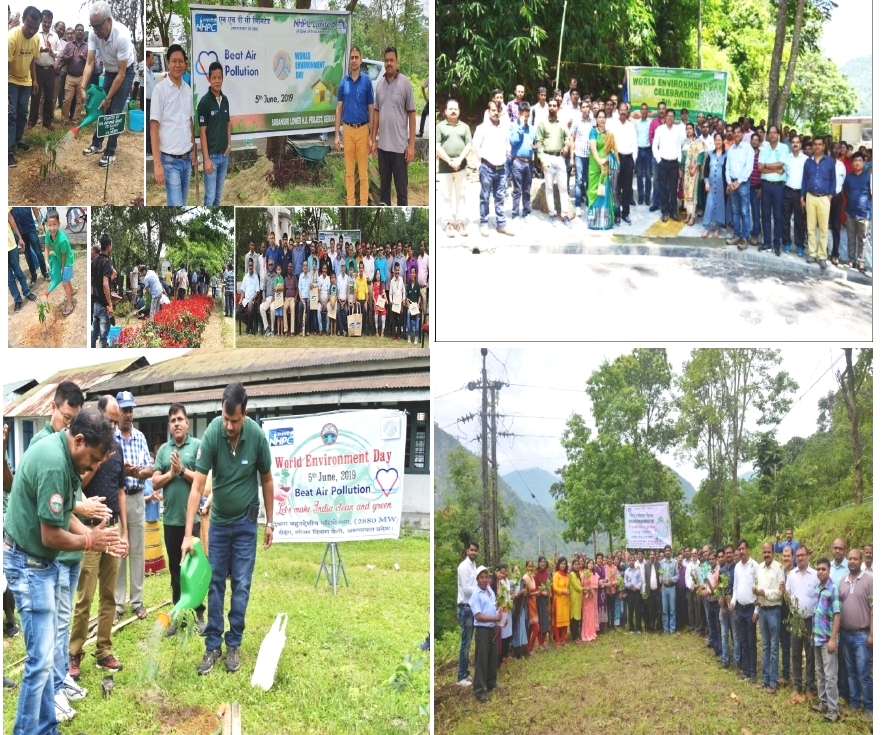
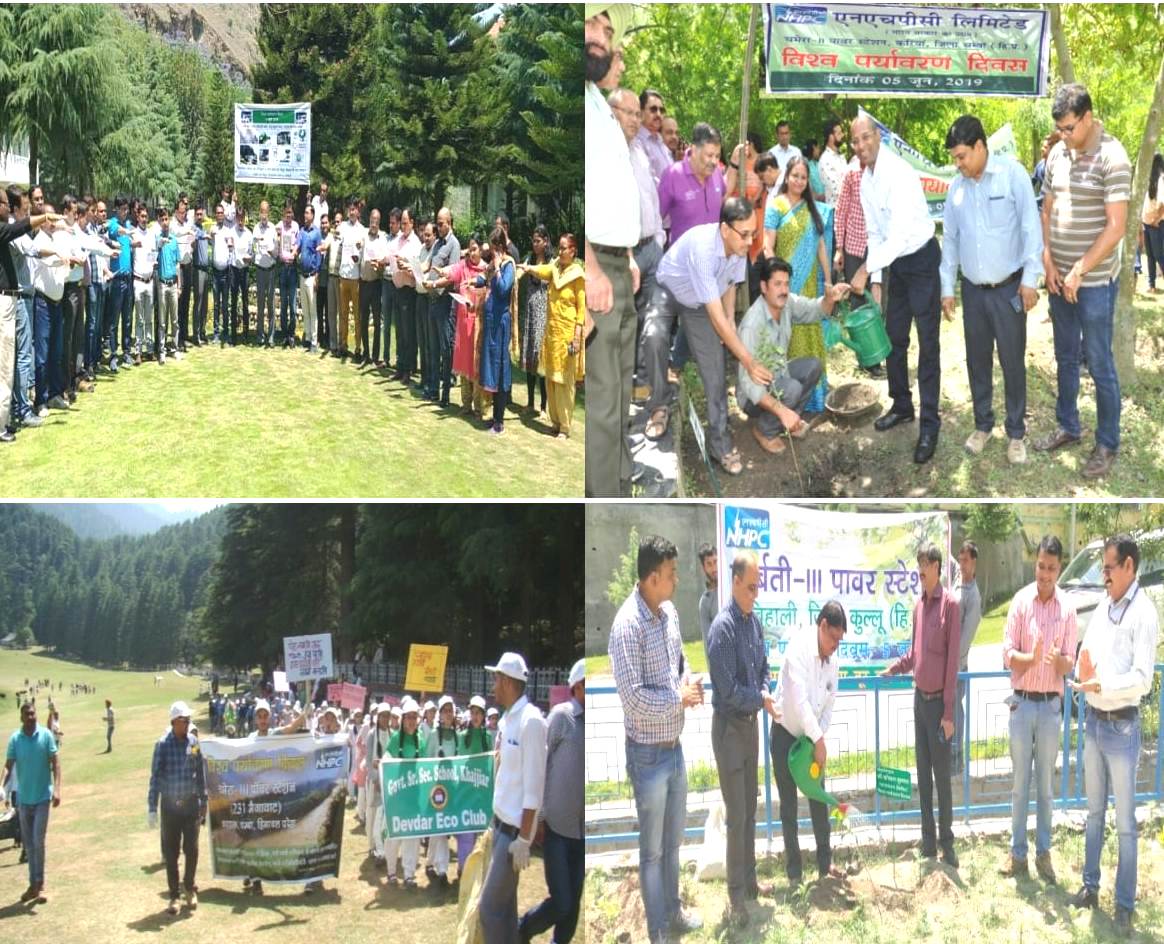
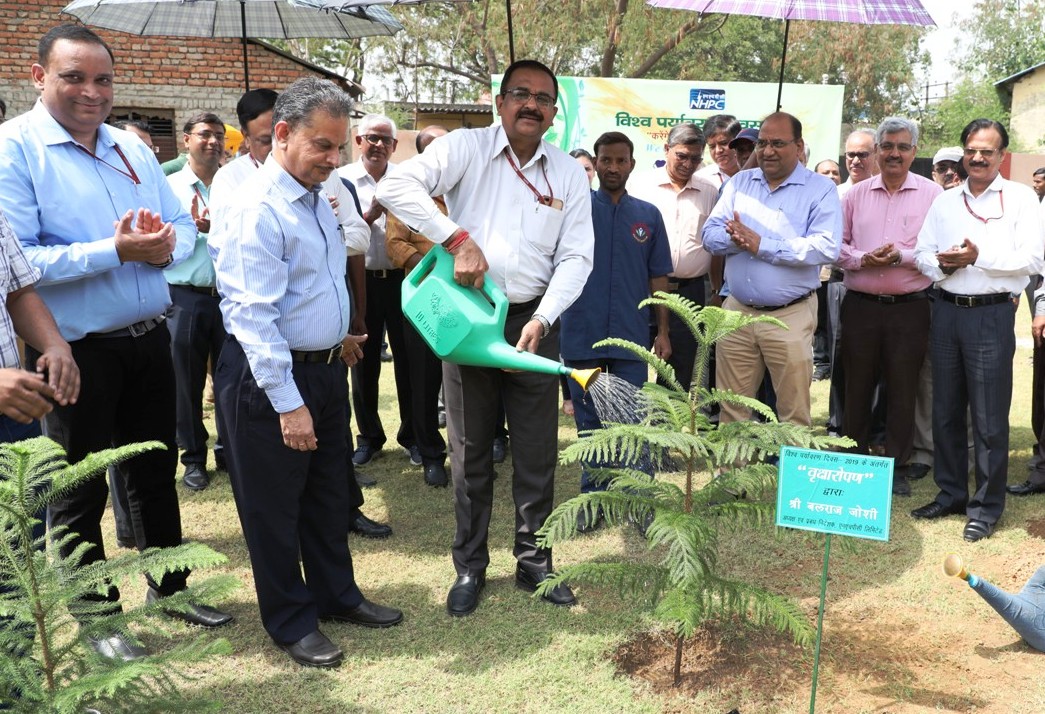










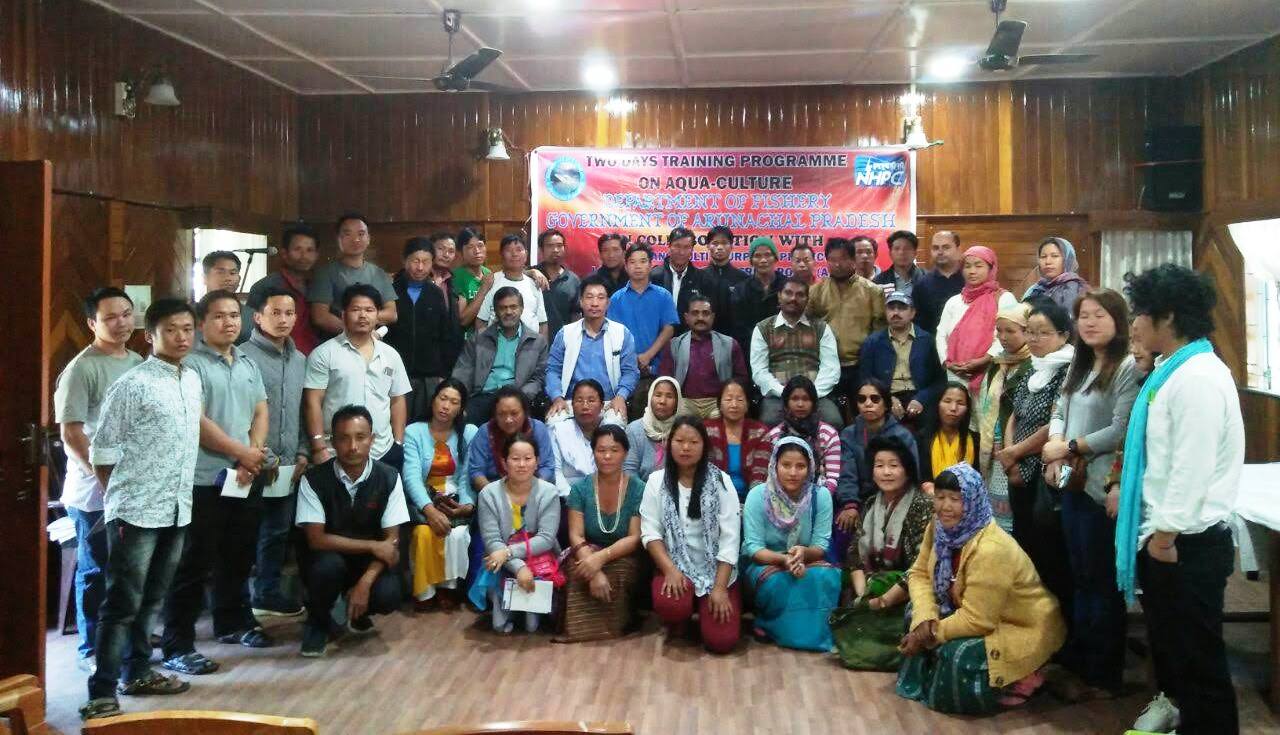

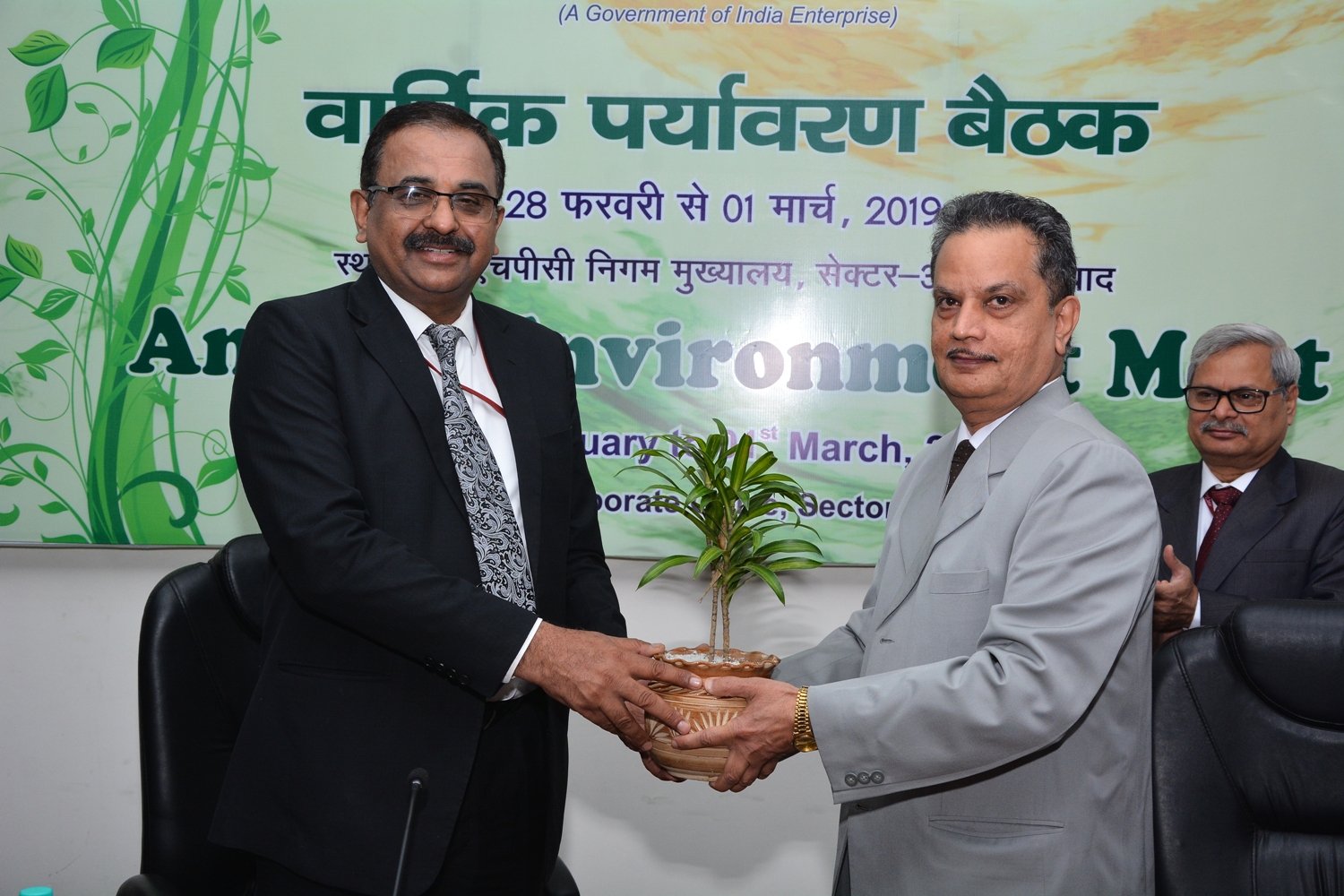











Leave a Reply